4 cunning tricks the Soviet military used to fool the Nazis
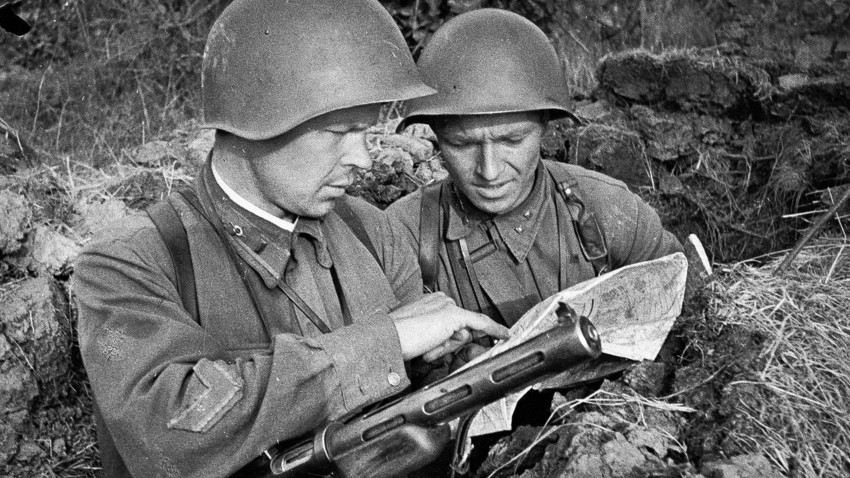
Russian people might not always have a plan of action, but they’re not afraid to improvise. This anecdote sums up our incredible resourcefulness in desperate situations. In this
Tractor
tanks
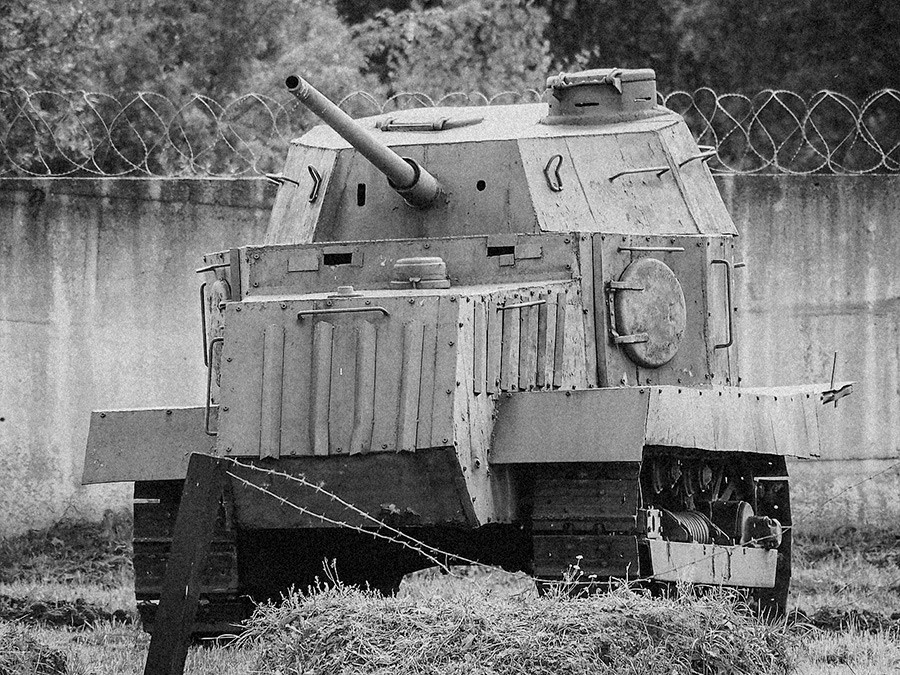
While Soviet soldiers were defending the city of Odessa, they came up with the idea of turning tractors into tanks.
“Initially tractors in the Soviet Union were manufactured in such a way that they could easily be
Fake
documents
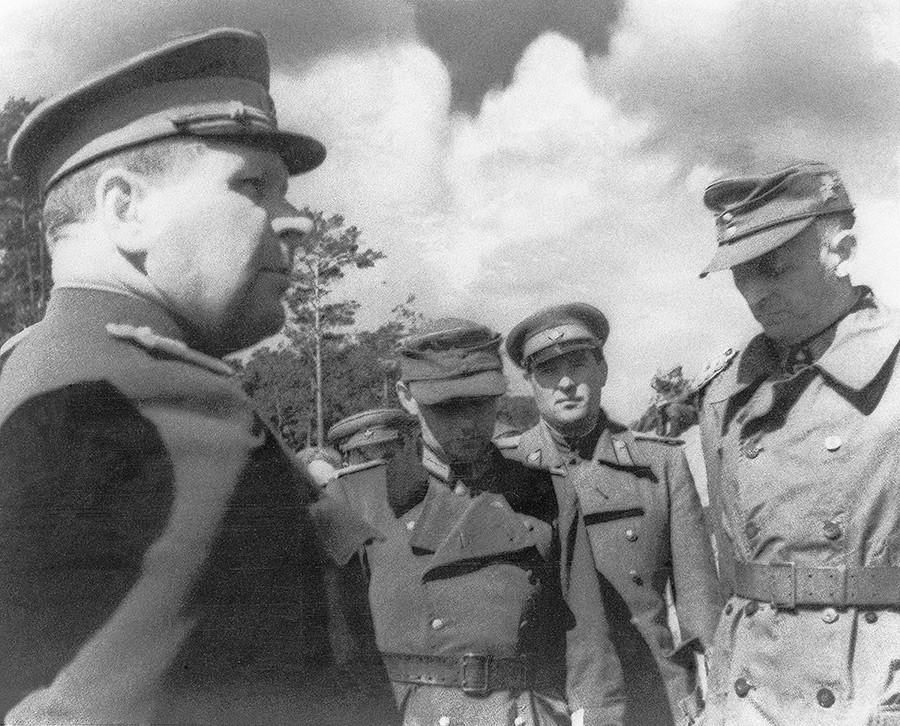
German leaders couldn’t figure out how the Russians were managing to expose their spies given that their best workers were involved in the production of bogus passports. Specialists used Soviet-designed paper, copied the color to perfection. and identified secret badges, but still couldn’t fool the enemy.
After the
‘Village’
snipers
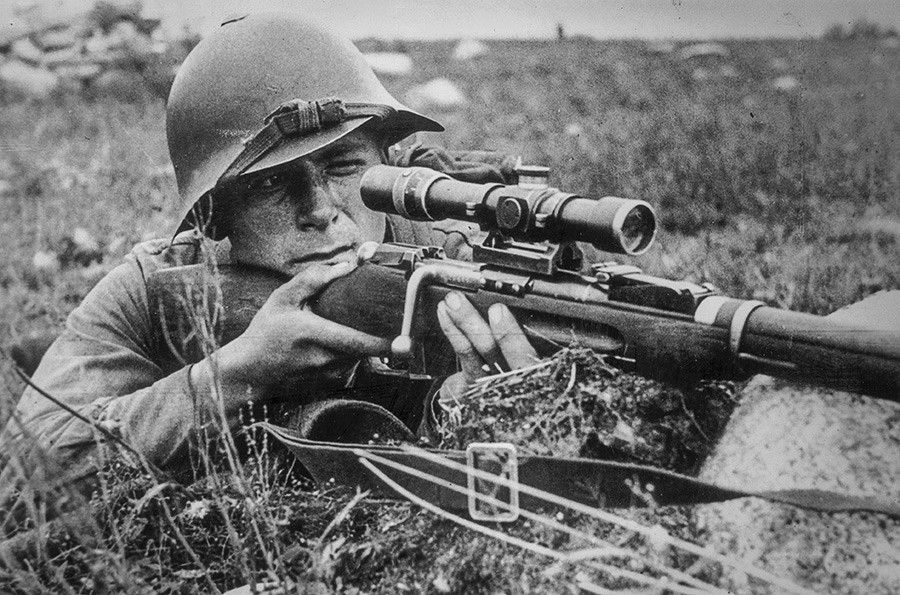
German forces positioned their troops in a ravine that was reinforced at the checkpoint. They had the best view and were in the perfect place to shoot any oncoming Soviet soldiers. However, this didn’t deter Soviet snipers from attacking the enemy camp. Two soldiers snuck into the ravine near a farm destroyed by the Germans. In order to avoid compromising their position, the snipers set fire to wooden debris and hid in the oven of a nearby house.
By morning they had shot down the whole German squad, who hadn’t
Outsmarting German ‘wiretapping’
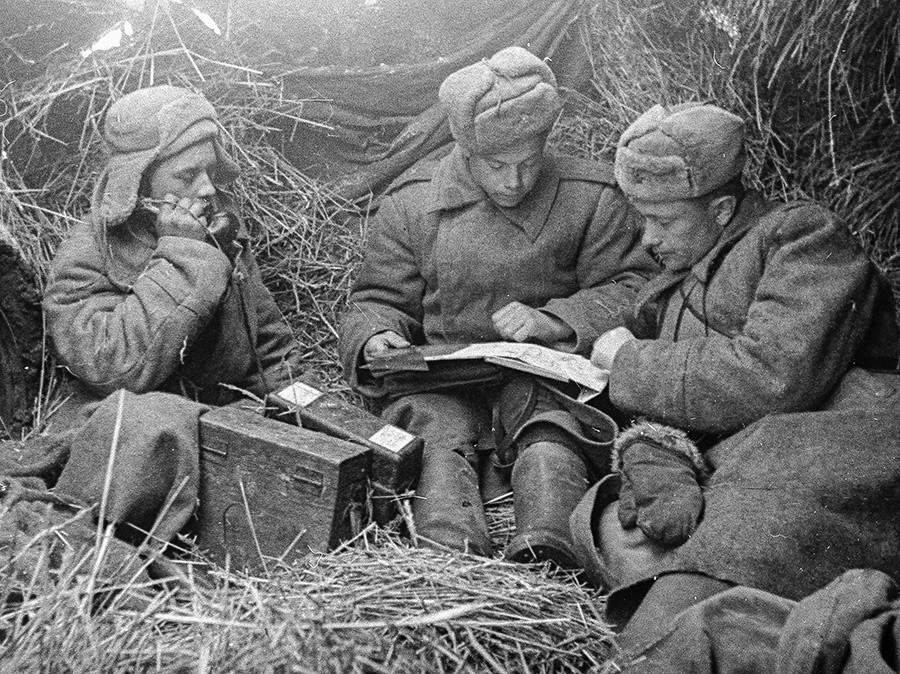
Hitler’s codebreakers had no trouble deciphering radio broadcasts and codes exchanged between Soviet signallers and guerrilla forces - they handed this information over to their leaders. As a result, individual guerrilla groups deliberately decided to make orthographic mistakes in their codes to confuse German spies.
Instead of armored tanks, planes and assault rifles arrived on the scene. The cherry on top was the “variety and richness” of the Russian language, in other words, its profanity. Once signallers started to communicate in broken Russian using vulgar language, German codebreakers had no chance.
If using any of Russia Beyond's content, partly or in full, always provide an active hyperlink to the original material.
Subscribe
to our newsletter!
Get the week's best stories straight to your inbox